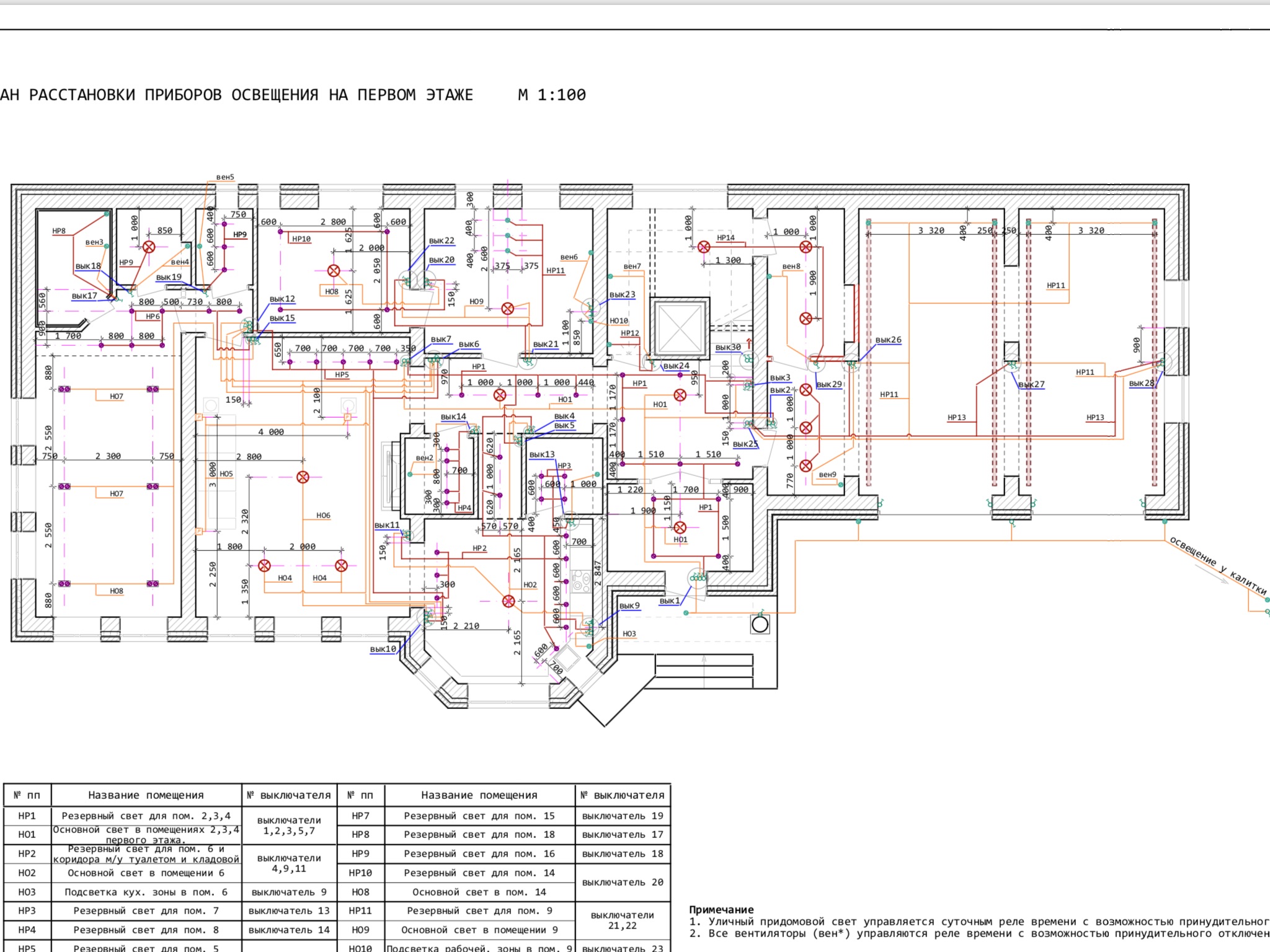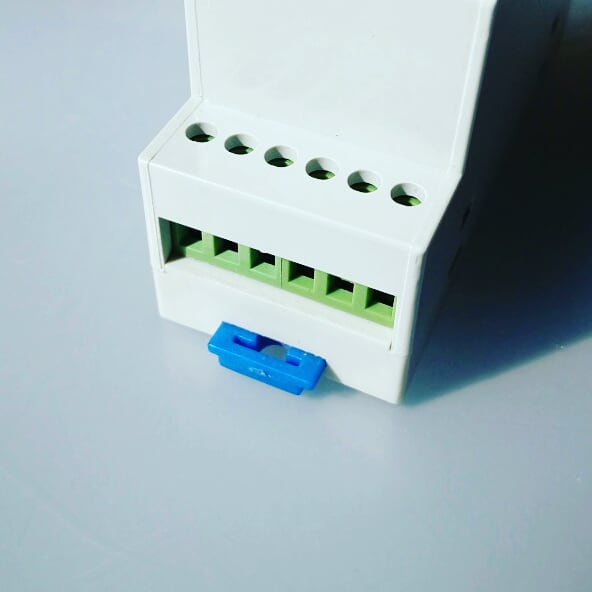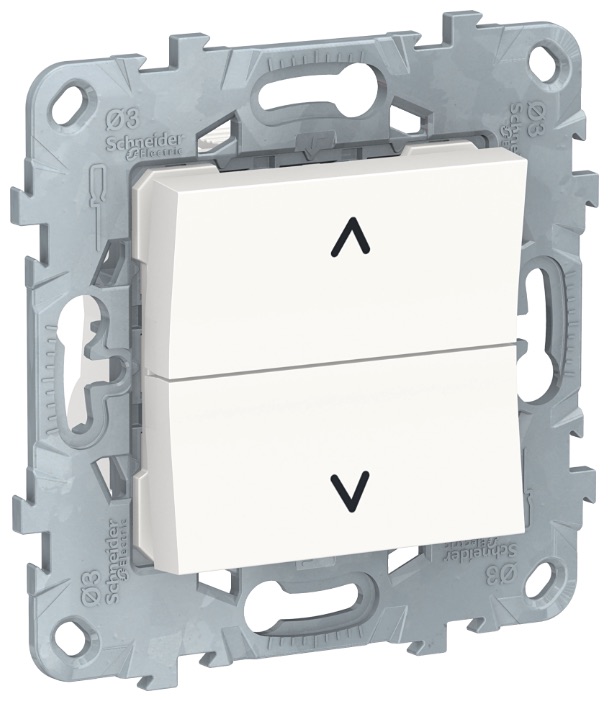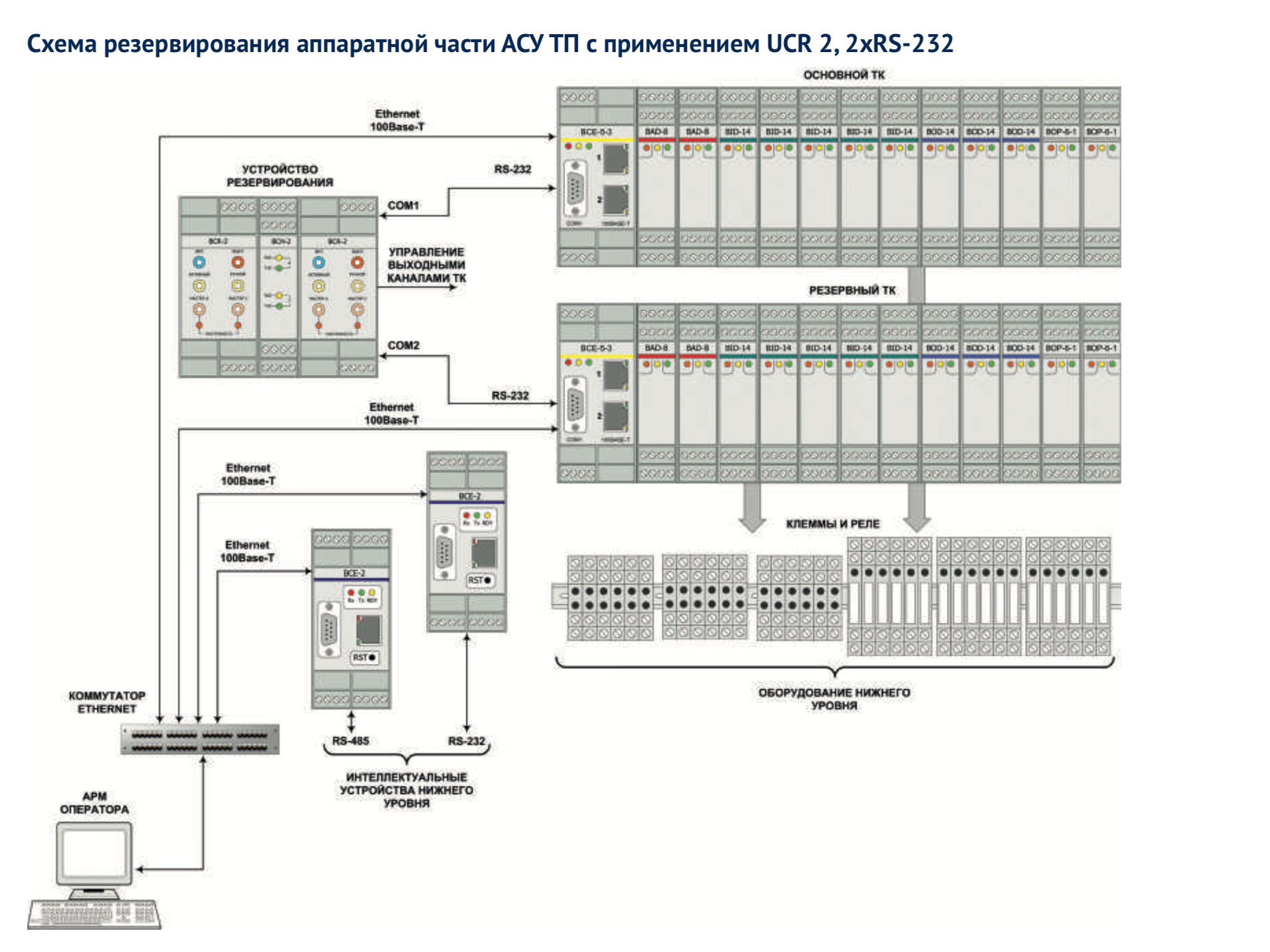Multi-level lighting control: fault tolerance solutions and products

Multi-level lighting control is designed to implement simple and energy-efficient control of lighting systems; it is used where you want to realize switching on or off lighting from several places, turning on or off lighting in groups, and general central switching on or off.
Consider a few basic solutions and products in terms of hardware fault tolerance, and hence the real long-term operation.
An example of a multi-level lighting control system
Level 1 control - all sources of lighting in the building, including those controlled from several places.
')
2 level of control - light sources united in a group in the left wing of the first floor, light sources combined in a group in the right wing of the first floor, light sources combined in a group in the left wing of the second floor, light sources combined in a group in the right wing of the second floor.
Level 3 control - light sources, united in a group on the entire first floor, light sources, combined in a group on the whole second floor.
Level 4 control - sources of lighting, united in a group throughout the house.
Solutions on which to build such a system
- PLC.
- Impulse relays.
- The complex of Technical means of non-programmable logic (CTS NPL) based on modular lighting control devices of its own design.
About KTS NPL can be read in the article multi-level lighting control based on KTS NPL .
The electromechanical lighting control device is a compact control module for installation on a 36 mm wide DIN rail (2 modules).


Control
Control is carried out using a double button without latching with two normally open contacts.

The reason for the development of KTS NPL
The reason for the development of KTS NPL was the technical task of the customer who wants to implement the functionality of a multi-level lighting control system without using a PLC (for it is very expensive to reserve).
An example of the functionality of a multi-level lighting control system in a cottage

Consider a fault-tolerant system based on lighting control devices
Composition:
1. Lighting control devices.
Equipment cost: $ 47 for one light source.
Electrical wear resistance: 100,000 cycles for AS-1.
If one of the lighting control devices fails, all other lighting control system devices will continue to operate.
This means that if the lighting control device breaks down, the lighting will continue to operate, except for one light source, or one group switch, while the master will install the new equipment and put it into operation.
Consider a PLC fault tolerant system

Composition:
- Programmable logic controller.
- Backup programmable logic controller.
- I / O modules.
- Redundant I / O modules.
- Backup device (provides switching control to backup PLC and backup input / output modules).
- Intermediate relays.
- Actuators (relays / contactors).
Equipment cost: $ 237 for one light source.
Electrical wear resistance: 100,000 cycles for AS-1.
If a PLC or I / O module fails, the real-time backup device switches control to the backup PLC and the backup I / O modules, and signals an alarm.
This means that if the PLC breaks down, the lighting will continue to work, while the master will install the new equipment and put it into operation.
Consider a non-redundant PLC-based system.
Composition:
- Programmable logic controller.
- I / O modules.
- Intermediate relays.
- Actuators (relays / contactors).
Equipment cost: $ 69 for one light source.
Electrical wear resistance: 100,000 cycles for AS-1.
If a PLC or an I / O module fails, the lighting will completely stop working until the wizard installs and commissions the new equipment.
Consider the most common PLC-based system in the residential sector.
Composition:
- Programmable logic controller
- I / O modules
- Intermediate input relays
Equipment cost: $ 41 for one light source.
Electrical wear resistance: 25,000 cycles for AS-1.
If a PLC or an I / O module fails (this will occur much faster than in previous versions, since the electrical durability is four times lower), the lighting will completely stop working until the wizard installs and commissions the new equipment.
Consider a system based on impulse relays
Composition:
- Impulse relays.
- Modules group management.
- Central management modules.
Equipment cost: $ 73 for one light source.
Electrical wear resistance: 100,000 cycles for AS-1.
If one of the relays fails, all other lighting control system relays will continue to operate.
This means that when a pulse relay fails, the lighting will continue to work, with the exception of one light source, or one group switch, while the master will install the new equipment and put it into operation.
At first glance, pulsed relays are not much different from lighting control devices, but this is not the case; pulsed relays have a number of limitations:
- Limit the number of switching: 5-15 switching per minute / 100 switching per day.
- Limit pulse duration: 50 ms - 1 s.
- Vibrations can lead to spontaneous switching, that is, if necessary, install contactors in such a control cabinet will not work.
- When simultaneously switching on / off adjacent impulse relays, ventilation and cooling of the control cabinet may be required.
- With an increase in the number of management levels, the complexity of constructing a scheme increases.
Conclusion
Fault tolerant multi-level lighting control system based on PLC has a rather high cost for the residential sector, the system based on impulse relays has serious limitations, the system based on lighting control devices is the golden mean.
Source: https://habr.com/ru/post/448768/
All Articles